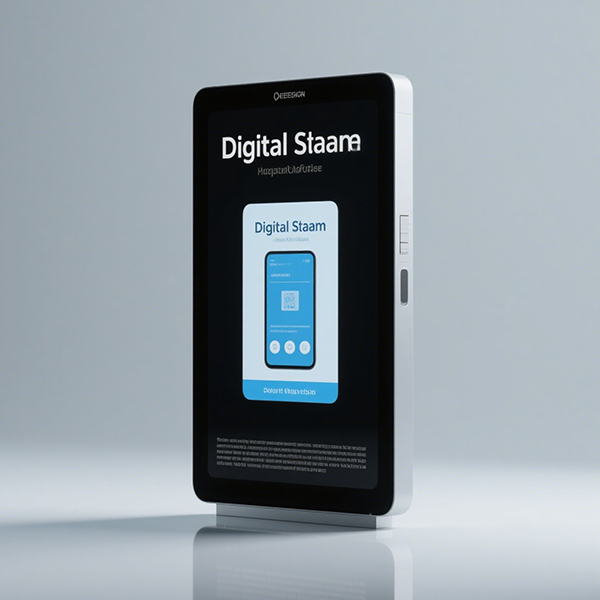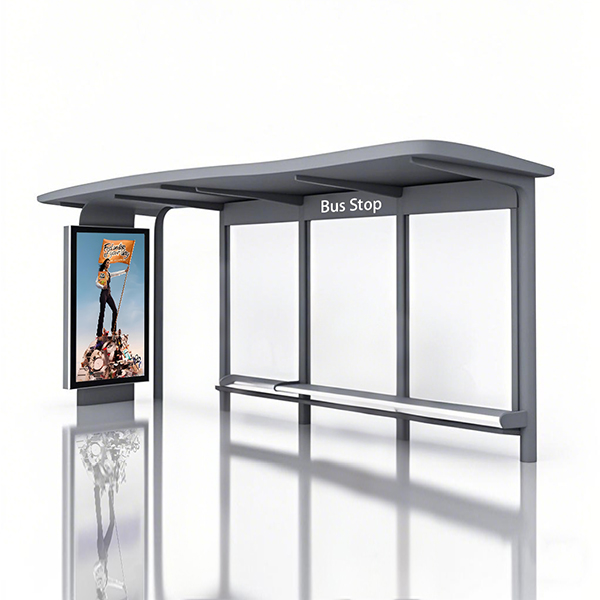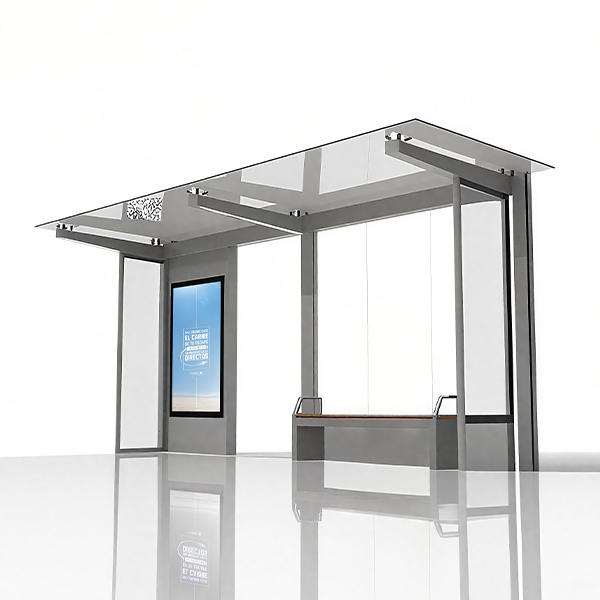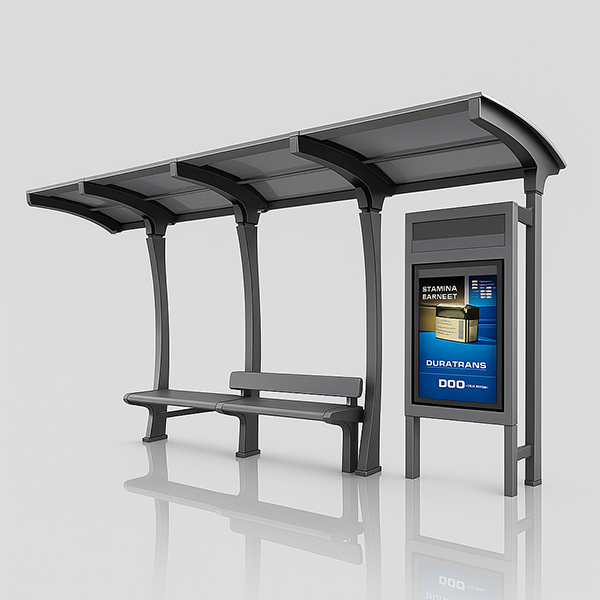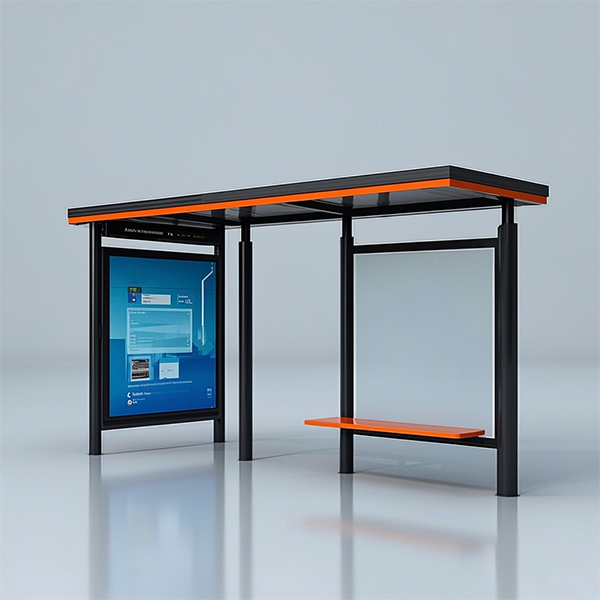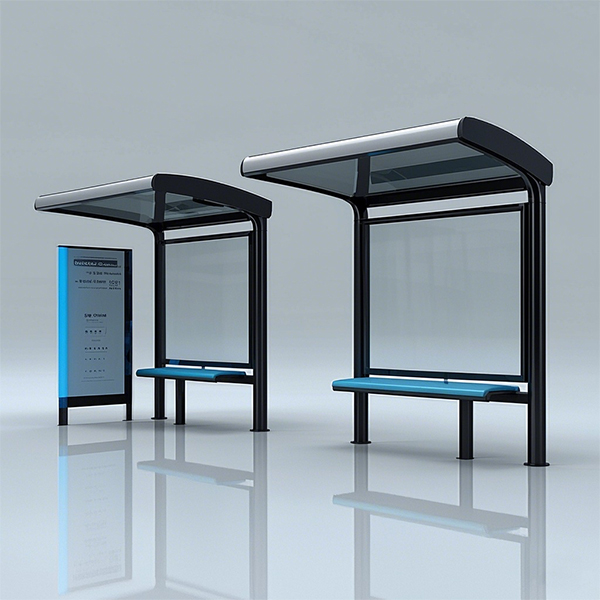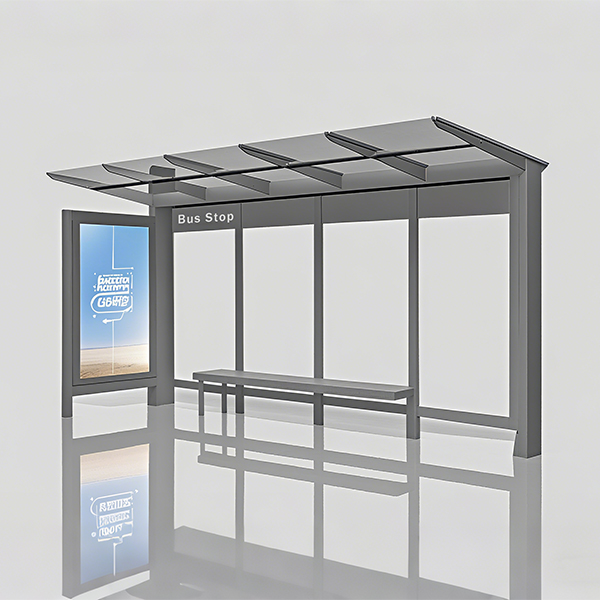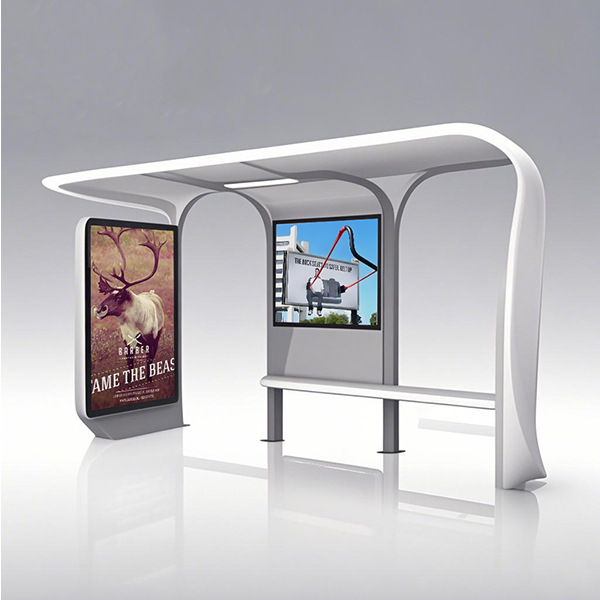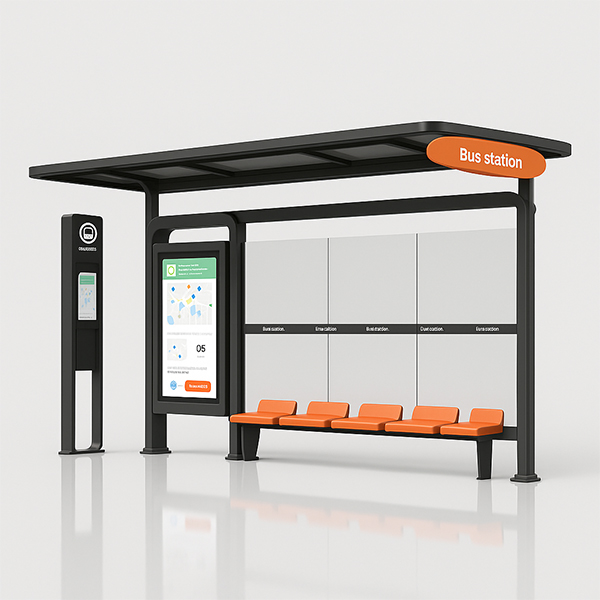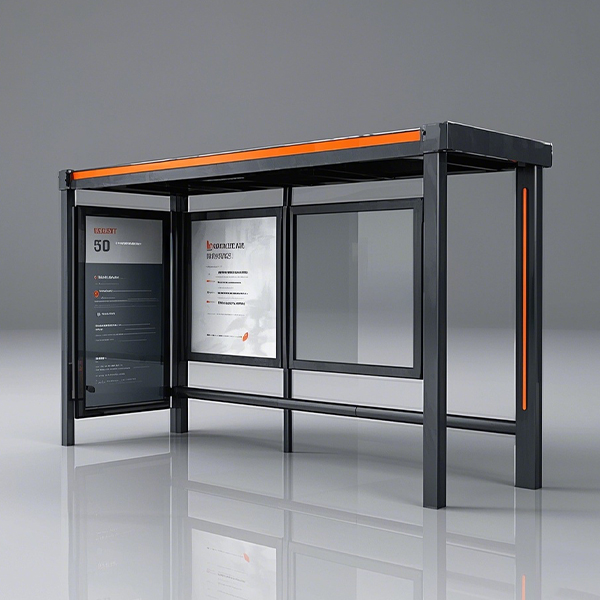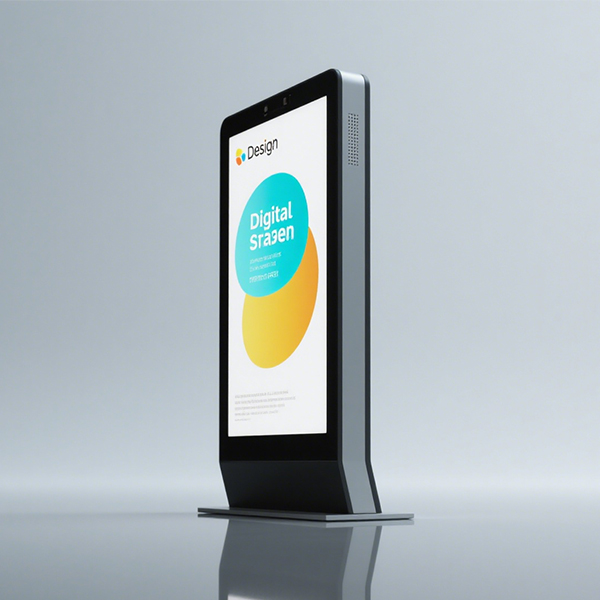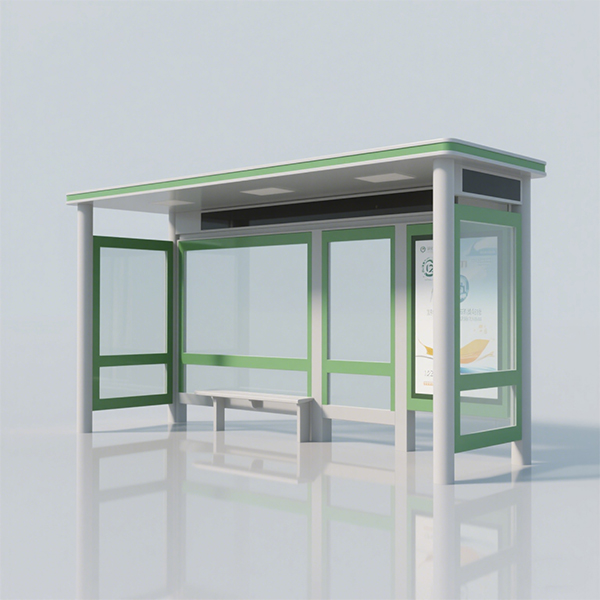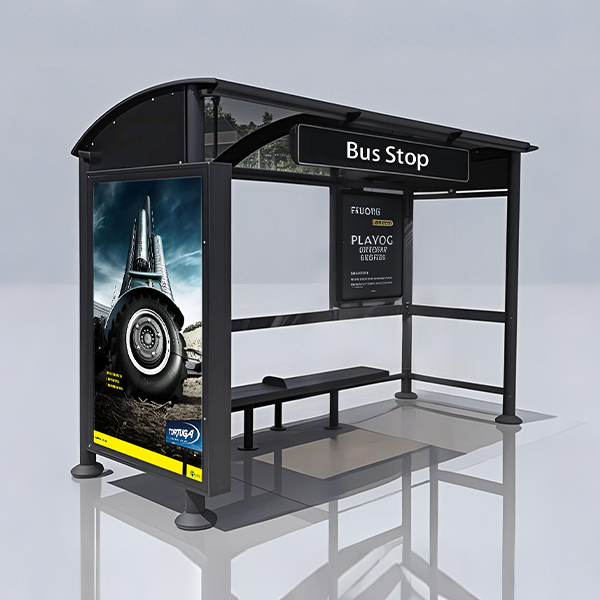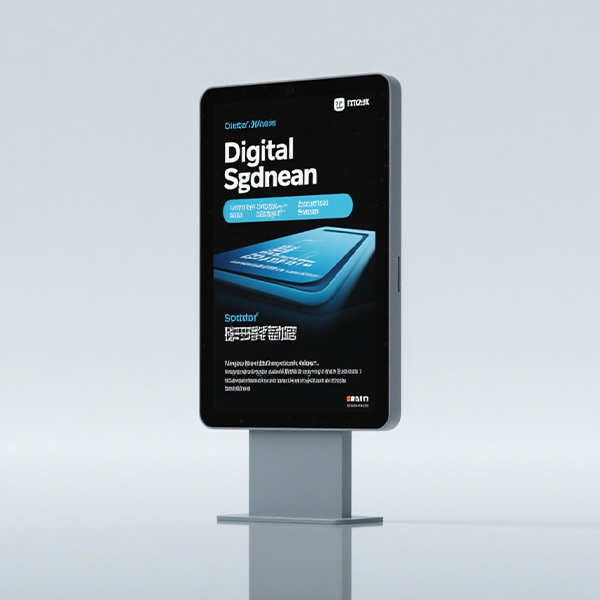
Solar Digital Billboard
This comprehensive guide explores the burgeoning world of solar digital billboards, examining their benefits, challenges, and the future of this sustainable advertising technology. We'll cover everything from installation considerations to cost-effectiveness and the latest advancements driving their adoption.
What are Solar Digital Billboards?
Solar digital billboards represent a significant leap forward in outdoor advertising. Unlike traditional static billboards or those reliant on the power grid, these innovative structures harness the power of the sun to operate their bright, eye-catching digital displays. This sustainable approach minimizes environmental impact while offering unparalleled advertising flexibility and reach. The technology combines high-efficiency solar panels with robust battery storage, ensuring consistent operation even on cloudy days or during nighttime hours. The result is a cost-effective and environmentally conscious method of delivering impactful advertising messages.
Benefits of Choosing Solar Digital Billboards
Environmental Friendliness
One of the most compelling reasons to choose solar digital billboards is their reduced carbon footprint. By utilizing renewable solar energy, they drastically minimize reliance on fossil fuels, contributing to a greener advertising landscape. This aligns with growing consumer preference for sustainable and environmentally responsible businesses.
Cost Savings
While the initial investment might seem higher than traditional billboards, the long-term cost savings are substantial. Eliminating or significantly reducing electricity bills translates to considerable cost reductions over the lifespan of the billboard. This makes solar digital billboards a financially attractive option for long-term advertising campaigns.
Technological Advancement
Solar digital billboards leverage cutting-edge technology, offering high-resolution displays, remote content management, and advanced analytics. This allows advertisers to precisely target audiences and track the effectiveness of their campaigns with unparalleled precision. Many systems incorporate features for dynamic content scheduling and even real-time weather-based adjustments.
Increased Advertising Reach and Impact
The vibrant, dynamic displays of solar digital billboards command attention and deliver highly visible advertising messages. This translates to increased brand awareness and engagement compared to static options. The ability to showcase diverse, rapidly updated content keeps the message fresh and engaging, maximizing its impact.
Challenges and Considerations
Initial Investment
The initial investment for a solar digital billboard is generally higher than traditional models. However, this is often offset by long-term cost savings and the higher return on investment resulting from increased advertising effectiveness.
Weather Dependency
While battery backup mitigates this, prolonged periods of cloud cover or extremely low sunlight can impact performance. Careful site selection and adequate battery capacity are crucial for reliable operation.
Maintenance and Repairs
Like any electronic equipment, solar digital billboards require regular maintenance and occasional repairs. Planning for these costs is essential for long-term budgeting.
Installation and Site Selection
Successful installation hinges on meticulous site selection. Factors to consider include average daily sunlight hours, accessibility, zoning regulations, and potential obstructions. Professional consultation from experienced installers like those at Shandong Luyi Public Facilities Co., Ltd. is vital for optimal performance and longevity. They can advise on choosing the right solar panel capacity and battery size for the specific location and climate.
Future Trends in Solar Digital Billboards
The future of solar digital billboards is bright. Advancements in solar panel technology, battery storage, and display resolution will continue to improve efficiency and cost-effectiveness. We can expect to see greater integration of smart features, including interactive capabilities and augmented reality elements. The increasing adoption of sustainable practices in the advertising industry will further drive the growth and wider acceptance of this innovative technology.
Conclusion
Solar digital billboards offer a compelling combination of sustainability, cost-effectiveness, and technological advancement, revolutionizing the landscape of outdoor advertising. While initial investment and weather dependency are factors to consider, the long-term benefits outweigh the challenges, making them a viable and attractive solution for businesses seeking impactful, environmentally responsible advertising.
Соответствующая продукция
Соответствующая продукция







